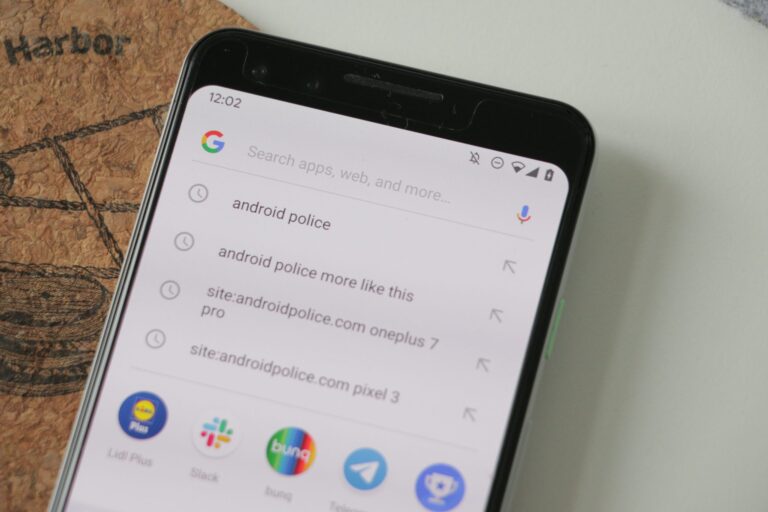Google Search has been making strides towards being more inclusive of different languages and dialects. While it can already mix and match results from English and your native/second language, so far that hasn’t extended to the handier knowledge graph cards. For the polyglots among us, Google Search is now looking to diversify its results page to include information in two languages, starting with Hindi as the second language. Additionally, Google’s voice search is also getting the ability to understand mixed-language queries.
In multilingual markets like India, Google has found that people prefer having linguistically dynamic results instead of limiting those to the same language as the search keyword. Users can currently switch between language experiences entirely, but that usually requires changing the device language, or at least typing out the query in another language. Both these solutions are cumbersome, which is why the company announced making searches bilingual at today’s Google for India event.
Google is leveraging its refined translation capabilities and the existing cross-language search feature to serve you bilingual information in the knowledge graph box. So, even if you search in English, Google will be able to show results in Hindi, as well. This works in some of the top sections that you see on a results page — OneBox, Top stories, and People also ask.
This feature is available for Hindi speakers, and Google says that it aims to add Tamil, Telugu, Marathi, and Bengali by next year. It uses your general location to identify if you’re in a region where Hindi is a dominant language. And if you’re in one such area, you should already be seeing a multilingual search results page.
Separately, Google is running another experiment where the search results switch to Hindi entirely, even if you searched in English (not Hinglish). This requires you to manually switch to English for each query — which sounds like it gets annoying pretty quickly, as Google doesn’t save your preference. Besides, this also forces Hindi on people even if they don’t understand the language, based simply on their location, which isn’t ideal for a diverse place like India.
On the brighter side, Google is making mixed language use possible in voice search — another common feature of multilingual households. Hinglish is a popular mixed language example that Gboard already supports, and is now coming to voice search. Google is making its voice input more context-aware so that it can differentiate between similar-sounding words in English and Hindi, which works even for more complex inputs.
We also learn about Google piloting a couple of projects that are focused on speech. Project Relate tries to be a functional companion for those with speech impairment, helping others better understand them by vocalizing on their behalf. Project Vaani, on the other hand, lets Google’s AI get better at recognizing different dialects of a given language.
While these innovations are being tested in India first, allowing Google’s AI and Machine Learning capabilities to learn the various lingual nuances, there is no reason these couldn’t make it to other parts of the world, with more global applications, sometime down the line.



